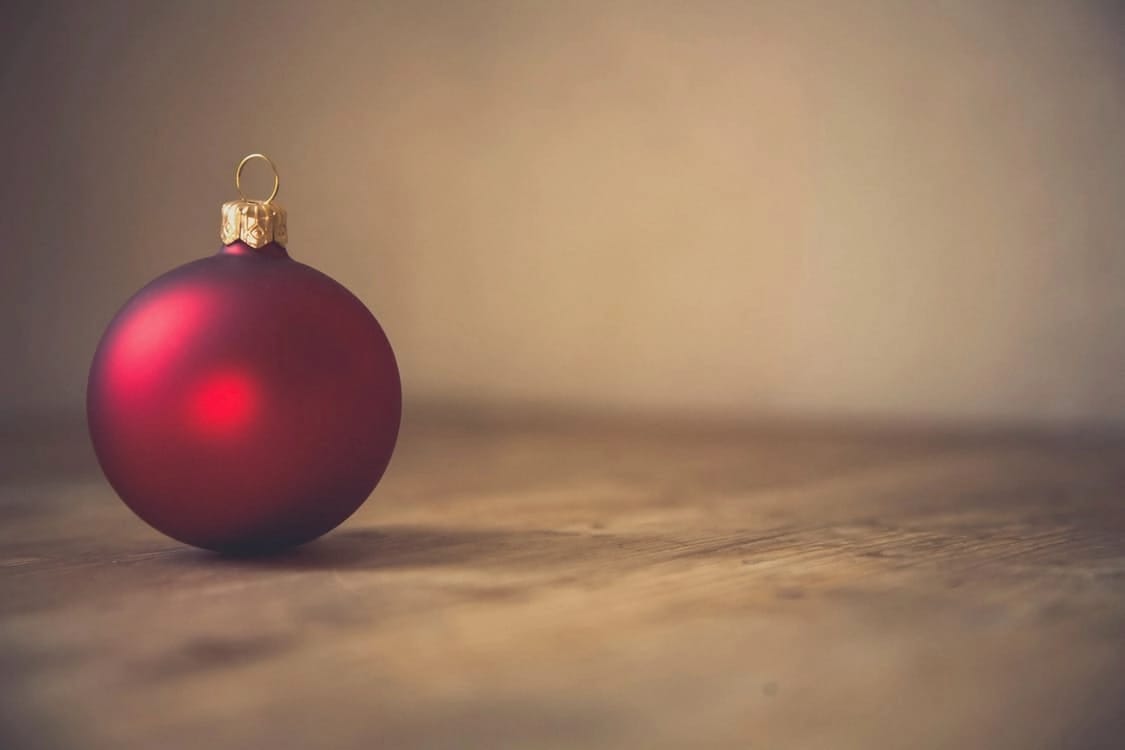
Classical California's Alan Chapman has a lot to say about music, but can he say it in 60 seconds? That’s the Chapman Challenge. We ask a question and Alan has a minute to answer it.
Today’s question is from Angela in Westminster who wants to know “What makes a Christmas concerto a Christmas concerto?”
A Christmas concerto is a special type of concerto grosso, the “grand concerto” of the Baroque period. A concerto grosso combines a small group of soloists with a larger accompanying orchestra. These groups can play individually or together.
The essential ingredient of a Christmas concerto is a Pastorale, a gentle pastoral movement that represents the shepherds who kept watch over their flocks.
This is the Pastorale from Francesco Manfredini’s Christmas Concerto.
And here’s the Pastorale from what is probably the most famous Christmas Concerto, the one by Arcangelo Corelli.
And that’s what makes a Christmas Concerto a Christmas Concerto.







